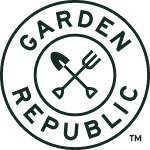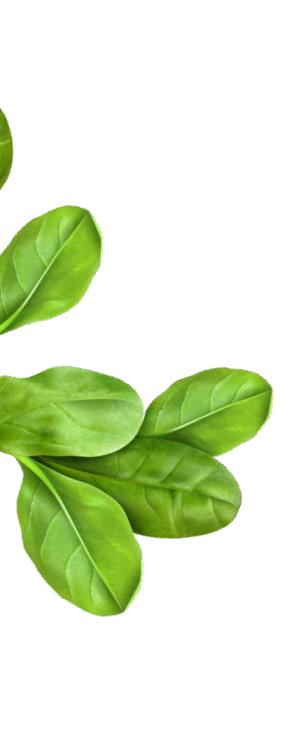You know a bonsai when you see one. They look like tiny trees mimicking the appearance of full-size, mature trees. The main difference is that they are able to be grown in a container and are a lovely home accent or meditative plant for the lucky person who grows one.
Once your bonsai begins to grow, you can shape and style it any way you choose. Traditionally, many bonsai caregivers follow a Zen Buddhism concept called wabi-sabi for their design. This concept stresses the importance of imperfection and impermanence. Your bonsai can reflect this concept through an asymmetric and minimalist design. This means you don't have to be a landscaper to make it look good.
While styling your bonsai may be a walk in the park, a bonsai tree is notoriously known to be a challenging plant to care for. The care of a bonsai requires the same practices of leaf trimming, root reduction, pruning, grafting and defoliation. However, there are simpler ways to care for your bonsai that will give it a long and healthy life. Fertilizing your Bonsai is a main resource in aiding in the growth and preservation of it.
Fertilizing your Bonsai 101:
What is Bonsai Fertilizer?
Fertilizer holds all the basic nutrients, such as nitrogen, phosphorous, potassium, and trace minerals existent in healthy soil for your bonsai to grow. Fertilizer is for the soil, not for the bonsai. The fertilizer breaks down and releases the nutrients in a form the bonsai roots can absorb. The soil is the bonsai's home, so naturally they live in harmony together.
When to fertilize your Bonsai
Generally, weekly feedings with fertilizer during the growing season is crucial. The growing season is early spring through late summer. As growth slows, reduce feeding your bonsai to only once a month.
Know your tree
Different trees require different care at different times. Is your tree a deciduous bonsai? Is it a coniferous bonsai? Is it a tropical or sub-tropical bonsai? Each type of tree requires slight alterations in their fertilization process. Be sure to research what type of tree you are growing.
Times to never fertilize a Bonsai
If your bonsai is sick. A sign of a sick tree is dependent on the type of tree you have. Some of the more common signs include discoloration of the roots, bark and for some – fallen leaves. There are measures you can take to care for your bonsai during this time but don't rush to fertilize the soil to spare it's life. Other times to never fertilize your bonsai include, immediately after repotting, a dry tree or a tree during dormancy.
Start from a seed
You can purchase a bonsai already in bloom or you can develop a stronger relationship with it while increasing your knowledge base by growing your own. The latter is the best route to take. From a seedling, you will know the temperament of your new tree. Also, it is important to know the soil your tree is planted in. It is much more challenging to attempt to fertilize unhealthy soil to start than it is to add to already nutrient rich soil.
Types of Bonsai Trees
There are loads of varieties of Bonsai trees out there. Some of the loveliest include: Japanese Maple, Brazilian Rosewood, Rocky Mountain Bristlecone Pine, Flame Tree, Black Spruce, Common Beech and Bodhi tree.
When choosing a Bonsai, trust your instinct. Start from a seed, know when to fertilize, how to care for it and make your bonsai apart of your life in a meaningful way.
Featured Product:
|
|


